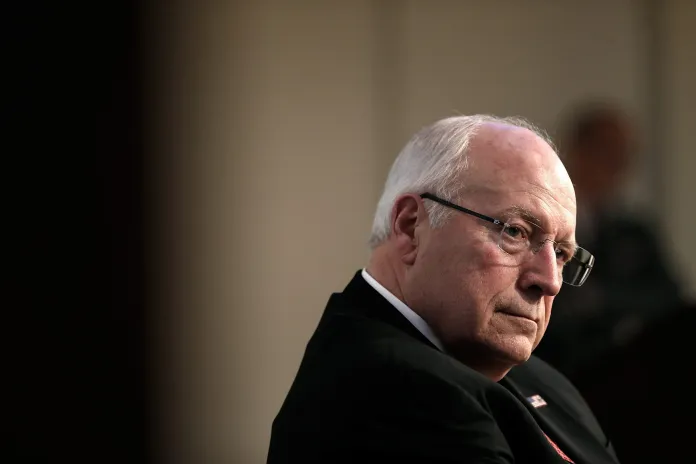Diane Keaton, 1946-2025 – Washington Examiner
Diane Keaton (1946-2025) was an actress best known for her unique blend of quirky charm and grounded presence on screen. Often cast alongside Woody Allen, Keaton’s roles balanced Allen’s neurotic characters with her own composed and appealing eccentricity. She rose to fame through their collaborations in films such as *Play It Again, Sam* (1972), *sleeper* (1973), and the Oscar-winning *Annie Hall* (1977), where she portrayed the title character-a self-assured woman who became a cultural icon. Besides her work with Allen, Keaton appeared in notable films like *The Godfather* series, though she gained more prominence in roles that showcased her stability amid chaos, such as *Reds* (1981) and *Father of the Bride* (1991).Though she never married, she adopted two children later in life. keaton is remembered for her distinctive style, memorable performances, and ability to be both the funniest and most grounded person in any scene.
Diane Keaton, 1946-2025
Actress Diane Keaton often seemed to have a claim on the daffy, quirky, and zany. She could seem ditzy and distracted, and her laugh did not always arrive at the most opportune time. Other than Michael Jackson, perhaps no other star was as well known for wearing gloves for no obvious reason.
Yet in the films that made her reputation, Keaton was less the goofball than the unlikely straight woman. The actress, who died on Oct. 11 at 79, rose to stardom on the strength of her pairing with writer-director Woody Allen. And when viewed beside Allen, Keaton could appear downright normal. In their films together, Allen portrayed himself as phobic, jumpy, and maladjusted, while he presented Keaton as comely, self-assured, and, though eccentric, appealing in her oddness. She was not only taller than Allen but sturdier, somehow — less liable to fall to pieces. In a classic scene in their 1977 Oscar-winning romantic comedy Annie Hall, Allen reacts with feverish alarm to the escape of several live lobsters in his kitchen while Keaton laughs and laughs — and tries to take a photograph. Perhaps only in contrast to Woody Allen could Diane Keaton seem like the picture of stability, but in films ranging from Play It Again, Sam (1972) to Sleeper (1973), Annie Hall to Manhattan Murder Mystery (1993), she did.
If Allen had not seized on Keaton early in her career, it is difficult to imagine how long she might have lasted in Hollywood. Born in Los Angeles in 1946 to John and Dorothy Hall — she was called “Diane” at birth, but the “Keaton” was a later surname substitution — she put in the time to study acting, but with or without training, she already possessed the sui generis quality that would soon grab Allen’s attention. On the heels of her appearance in the dopey, hippie-worshiping stage musical Hair, Keaton was cast as Allen’s leading lady in Play It Again, Sam, first on Broadway and then in the 1972 film version. Quickly, Allen realized the promise in this opposite: She was spunky where he was sullen, strangely glamorous where he was predictably nerdy. He cast her in his Nixon administration-era satire Men of Crisis: The Harvey Wallinger Story (1971) and then in two classic farces, Sleeper and Love and Death (1975). No film better illustrates the hilarious divide between Keaton and Allen than the scene in Sleeper in which Allen, hiding out as a robot in an oppressive future society, is unloaded at the home of the demanding Keaton, who is mightily disappointed: “Oh, no,” Keaton says, not cruelly but blithely, “Is this the best they could offer? Oh geez, I’d hoped for something with at least decent features. Oh well, I guess I’ll bring you in next week and have your head removed.”
By the time of Sleeper, Keaton had already made inroads as a dramatic actress. She played the unhappily exiled wife of gangster Michael Corleone (Al Pacino) in Francis Ford Coppola’s The Godfather (1972) and The Godfather Part II (1974), but she was not featured to her full advantage in those films. She was incorporated into the ensemble, but can anyone say she was more memorable than Marlon Brando or Robert Duvall? By contrast, Keaton was the raison d’être of Annie Hall, whose title character was not only bequeathed the actress’s actual last name but also her many attractive attributes. The film was advertised as “a nervous romance,” but most of the nerves are found in Allen’s character. Keaton’s Annie is self-possessed enough to sing in a nightclub, assemble a wardrobe of bits and pieces of menswear, and, finally and fatally as far as Allen is concerned, move from New York to Los Angeles. Nonetheless, the film functions as an anthem to Keaton, who was awarded an Oscar for Best Actress.
OBITUARY: ROBERT REDFORD, 1936-2025
Even as Keaton appeared in other films, including the disposable Harry and Walter Go to New York (1976) and the more substantial Looking for Mr. Goodbar (1977), her professional partnership with Allen persisted. She was devastatingly glum in Allen’s drama Interiors (1978) — depressed, one sensed, not just about her interpersonal relationships but about the state of the world — and attractively intellectual in his romantic comedy Manhattan (1979). At some point, Keaton was displaced by Mia Farrow as Allen’s preferred leading lady, but somehow, her best performances remained those in which she was the unexpected stabilizing force in an off-kilter world: as journalist Louise Bryant in Warren Beatty’s Communist epic Reds (1981), as the grounded, spinsterish sister in Bruce Beresford’s Crimes of the Heart (1986), and as the reasonable spouse of Steve Martin in the 1991 remake of Father of the Bride and its 1995 sequel.
Then, in 1993, Allen — having fallen out with Farrow for assorted well-publicized reasons — brought Keaton back into the fold with Manhattan Murder Mystery. Once again, he was agitated and apprehensive while she was a dogged master of detection in solving a crime in their apartment complex. As ever, they were a well-matched couple, though Keaton chose not to marry. (Despite never marrying, she adopted two children when she was in her 50s.) Her later films are merely adequate, although when paired again with Beatty in 2001’s Town & Country or with Jack Nicholson in 2003’s Something’s Gotta Give, she still somehow was both the funniest and sanest person in the room.
Peter Tonguette is a contributing writer to the Washington Examiner magazine.
" Conservative News Daily does not always share or support the views and opinions expressed here; they are just those of the writer."



